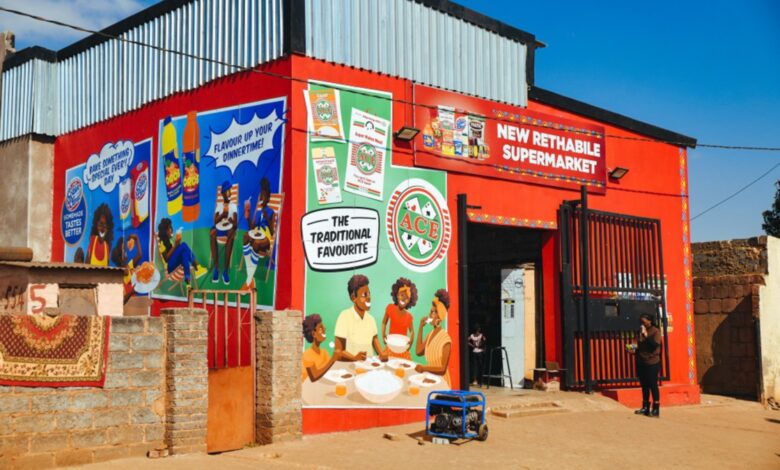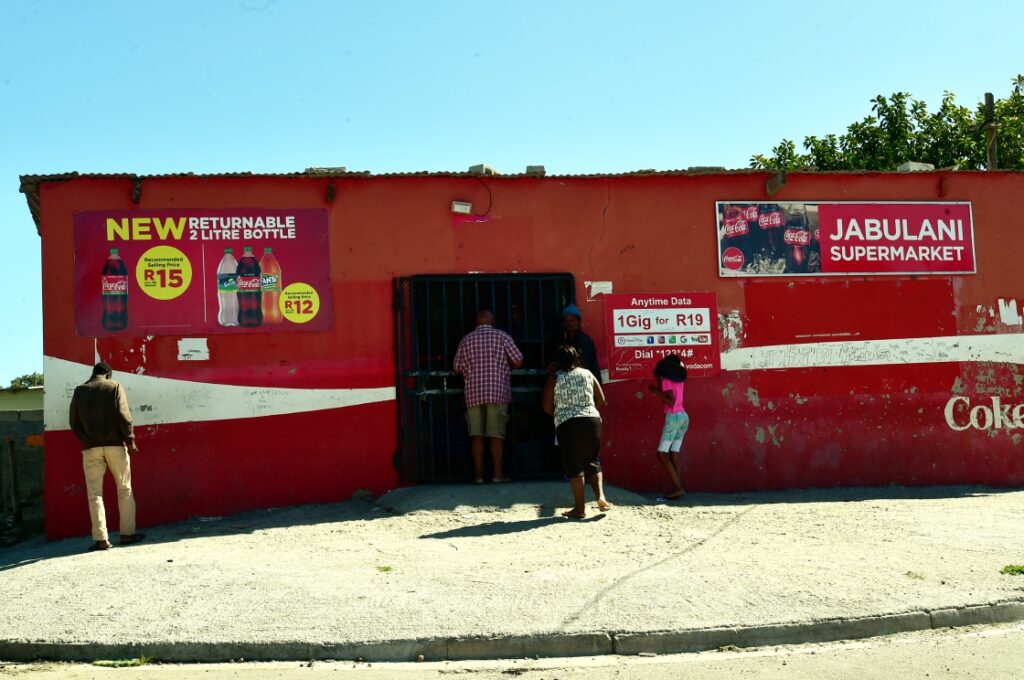How to Best Navigate the Spaza Shop Sector in 2025

How to Best Navigate the Spaza Shop Sector in 2025. The spaza shop sector, a cornerstone of South Africa’s informal economy, remains a vital space for entrepreneurs, contributing significantly to local communities and the national economy. In 2025, navigating this dynamic sector requires an understanding of evolving market trends, consumer preferences, and innovative approaches to address challenges like competition, supply chain inefficiencies, and changing customer expectations.
Here’s how entrepreneurs can successfully navigate the spaza sector in 2025:
1. Embrace Digital Transformation
Digital tools are reshaping the way spaza shops operate. From mobile payment systems to inventory management apps, technology can streamline operations, reduce waste, and enhance customer convenience.
Tip: Invest in mobile point-of-sale (POS) systems and digital platforms that simplify stock management and track customer preferences.
2. Build Strong Supplier Relationships
The success of a spaza shop often hinges on access to reliable and affordable suppliers. In 2025, forming partnerships with wholesalers and local producers is critical for maintaining competitive pricing and a steady stock of essential goods.
Tip: Negotiate bulk deals with suppliers and explore collaborative buying groups with other shop owners to cut costs.
3. Focus on Community Engagement
Spaza shops thrive when they build trust and loyalty within their communities. Engaging with customers through loyalty programs, social initiatives, or tailored product offerings can solidify your place in the market.
Tip: Run promotions or support local events to create goodwill and draw more customers.
4. Diversify Your Product Offering
Consumer needs are constantly changing, and spaza shop owners must adapt to stay relevant. Expanding beyond traditional grocery items to include household goods, fast-moving consumer goods (FMCGs), or even digital services can boost revenue.
Tip: Monitor local trends and adjust your stock to cater to what your community values most.
5. Optimize Pricing Strategies
Price sensitivity remains a significant factor in the spaza sector. Offering competitive prices without compromising on profitability requires a deep understanding of your cost structure and local market dynamics.
Tip: Use tiered pricing strategies to appeal to customers with different spending capacities.

6. Leverage Mobile Money and Credit Options
Cash remains king in the spaza sector, but mobile money solutions are gaining traction. Offering customers payment flexibility, including mobile wallets or short-term credit, can attract a broader base.
Tip: Partner with mobile payment providers to implement solutions that are simple, fast, and secure
7. Stay Ahead of Regulations
Increased formalization of the informal economy is expected, with stricter compliance measures and taxation policies affecting spaza shop operations. Staying compliant is essential for long-term sustainability.
Tip: Regularly consult with local business forums or accountants to ensure compliance with evolving regulations.
8. Tap Into Wholesale E-Commerce Platforms
The rise of online wholesale platforms tailored to informal traders is transforming how spaza shops source their products. These platforms offer convenience, competitive pricing, and delivery services.
Tip: Explore e-commerce platforms that cater specifically to small business owners, such as Orderin or Yebo Fresh
9. Build a Unique Brand Identity
Differentiation is critical in a competitive market. Creating a recognizable brand through signage, packaging, or customer experience can help your spaza shop stand out.
Tip: Use simple branding techniques like uniform employee attire or community-driven marketing campaigns.
10. Adopt Sustainability Practices
Customers are increasingly aware of sustainability issues. Incorporating eco-friendly practices like reusable packaging or stocking locally sourced goods can enhance your reputation and attract conscious consumers.
Tip: Partner with local suppliers to promote sustainability while reducing costs.
Navigating the spaza sector in 2025 demands adaptability, innovation, and a deep understanding of your community’s needs. By embracing digital tools, fostering strong relationships, and staying ahead of industry trends, entrepreneurs can position their spaza shops for growth and resilience. The spaza sector continues to offer immense opportunities for those willing to innovate while staying true to their roots.


